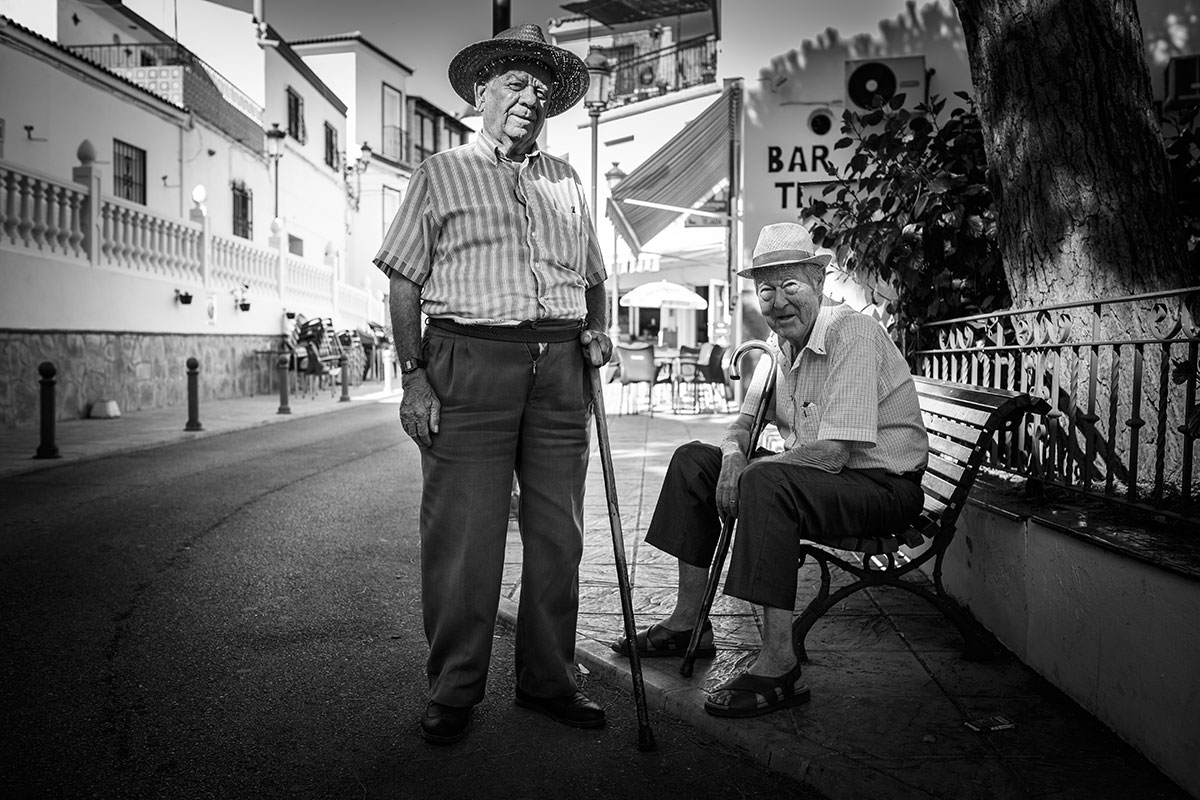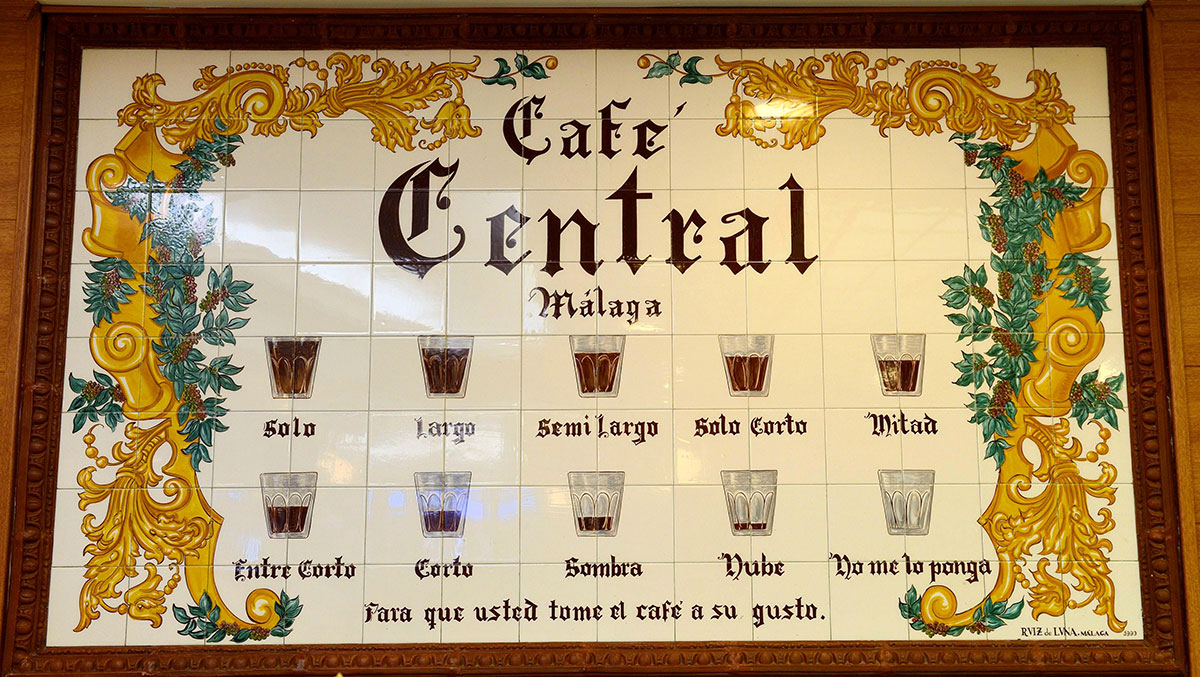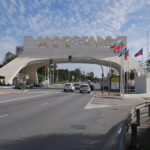
Learning the ways of a new country is fraught with risk. Get it right and you’re partly forgiven for not being Spanish. Get it wrong and you’re just another Northern European who dries lettuce before serving it. Not doing it at all is not an option, so the best we can do to make life easier for ourselves is to learn the ropes, starting on the day of arrival.
Article by Vivion O’Kelly
That means dressing like a Spaniard. Oh, so you didn’t know that they dress differently. Well, they do. How else do Spaniards recognise foreigners from afar? You might think by the way they stand, or walk, or generally hold themselves, and you’d be right. But that is too complicated for a brief guide like this. Back to dress, and the rules are simple. Dress for the occasion and the weather. Knobbly-knees and hairy chest open to public view is not the way in any public place other than the beach or a street close to it in summer.

Greetings
Learn to greet people and talk to them without going backwards. First you shake hands, and on a second meeting you will probably kiss on both cheeks. In conversation, stand your ground: the relatively small space between you and them is normal to them. The newcomer foreigner at any social gathering in Spain is instantly recognised as the one talking to a local with his or her back against the wall. It goes without saying that some knowledge of the language helps, but it is not essential. Spaniards love to talk, so say ‘si, si, si’ all the time, until an eyebrow is raised, and then say ‘no’, shaking your head gravely as if any other answer were simply preposterous.

Breakfast
Now for breakfast. Don’t order tea. It has no specific meaning in Spanish and could be any liquid from anywhere outside the English-speaking world. Remember that we, who generally insist on stirring sugar and milk into it, are the odd ones out. Ask for coffee instead. But you must specify exactly how you want your coffee, and the choices – up to a dozen of them – can be confusing. They define the proportion of milk to coffee, from a nube, which means clouded with milk, to a manchado, which means spotted with milk. You best bet is to ask for a mitad (half and half), or if your preference is for slightly more, or less, milk in your coffee, a cortado (short on milk) or a sombra (heavy on milk) will do the trick.

How well you have asked for it will become evident as soon as it arrives: Spaniards are usually given their coffee in glasses, while foreigners get a cup and saucer. And if you feel you might possibly fail the test, raise the odds in your favour by ordering a cognac or two with your coffee. You can learn a thing or two about various coffee/milk combinations in Málaga region from this comprehensive video.
To really go native in Andalucía at breakfast means having a slice of toast with orange-coloured, white or speckled brown lard spread over it, or scraped with garlic and saturated in olive oil. Asking for a croissant or doughnut risks branding you as a foreigner, as will how you eat. Remember that all cakes and pastries in Spain are eaten with a knife and fork.

Hands
Use them. Practise in front of a mirror if you must but learn to use your hands while talking. Watching a conversation between two people on the streets of Spain tells you nothing. They could be about to smash each other’s skulls in with rage or they could be discussing the weather. Arms waving and pointing and gesticulating in all directions is what they do while talking. To do otherwise is to say “I’m new here!”

Driving
Up-to-date EU statistics tell us that Spaniards are fourth in Europe in the safe driving ranking, preceded by Sweden, Malta and Denmark, in that order. (Spain drops one down if the UK is included in the ranking).
It certainly does not seem like that when driving on the main coast road between Gibraltar and Málaga, but there you have it. Statistical evidence and perception appear to crash head-on.
Pedestrian crossings are something else. Whatever the statistics say here, one would be well advised to assume that for many Spanish drivers, the pedestrian crossing is a useful place to frighten foreigners by stopping just in time to not kill them.
Mañana
Ah yes, Mañana. The elephant in the room. The great myth, perhaps, or perhaps not. But does it matter? The perception of foreigners looking southwards is of a laidback people for whom work is always better done tomorrow. The reality may be different, but we are all victims of national myth. Ask a Spaniard who has moved to the UK about inefficient, time-consuming and very irritating bureaucracy.
According to start-up and company management statistics, the Spanish are quite efficient. Their health system is widely praised for the way it’s run. Their tax system will find you in the blink of an eye. Anybody who looks around a beach in summer will see how efficient they are about picnics, and at any public event, one sees it is generally well planned and well managed, with highly efficient security and first aid back-up in place.

Those of us who have spent the greater part of our lives in Spain find the Spanish way of doing things, and the Spanish way of thinking, rubbing off on us as the years go by. Our stress levels are low and our delight in the can-do-right-now-Sir approach diminishes. We start waving our arms in the air when talking and find ourselves preferring delicious but soggy chips to the dry Northern European variety. But I fear the problem is, no matter how long we spend here, we will never integrate completely. I still prefer a bowl of cornflakes in the mornings to lard on my toast, whatever colour it may be. ☺



































































